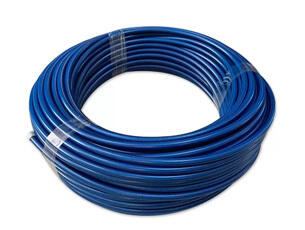
Hengshui BURK Hose Machinery Co., Ltd. offers a comprehensive range of brake line replacement parts designed to restore and enhance vehicle braking systems. These parts include stainless steel braided hoses, fittings, adapters, protective sleeves, and mounting hardware, all crafted from premium materials to ensure durability and reliability. The replacement hoses feature a four-layer construction: a Teflon inner core for chemical resistance, a braided stainless steel armor for strength, a protective outer coating, and OEM-style fittings. Fittings are available in various configurations, such as straight, 45°, and 90°, and are machined from billet aluminum or stainless steel for precise fitment. Each replacement part undergoes rigorous testing, including pressure testing up to 3000 PSI and salt spray testing for 500+ hours, to ensure they meet or exceed industry standards. Whether for routine maintenance or performance upgrades, these brake line replacement parts provide a reliable solution for restoring braking efficiency and safety.

Copyright © 2025 by HENGSHUI BRAKE HOSE MACHINERY CO.,LTD — Privacy Policy